According to a recent Yardi Matrix report, September marks the first month this year that did not see rents rise since January. Despite flat rents last month, the report did have encouraging news regarding multifamily demand and occupancy. We take a look at some of the Yardi report insights in today’s BAM blog…
Rents Fall Flat (in the Fall)
According to the Yardi report, rents were flat last month, dropping an average $1 to $1,412 while year-over-year growth remained the same at 3.0%. This marks the first month all year that rents haven’t increased since January. Prior to last month, rents were up 3.1% year-to-date through September and had risen 3.0%. Yardi does note that, despite the growth being down from the peak years of the cycle, a long view shows solid growth. The report also noted that this growth, despite being somewhat disappointing, did surpass expectations at the beginning of the year.
Good News = Good Demand
As we’ve discussed in previous articles, supply has remained high and an industry concern has been maintaining demand with the larger inventory. The Yardi report notes that a slight drop in occupancy rates during 2016-2017 from peak levels had created some anxiety; however, since late ’17 and early ’18 some of those occupancy rates have already begun to climb. The necessity-renter demographic accounts for even higher occupancy at 95.6%, which is part of the workforce housing market, a traditionally in-demand asset class. Yardi reports that they believe this confirms long-term demand will remain high for a variety of “social and demographic reasons.” The report cites retirees downsizing, as well as metro areas able to absorb supply as encouraging signs. Delivery is expected to hit 300,000 units in 2019 and the industry will be monitoring the effect.
Rising Occupancy in Many Markets
Occupancy increased in many markets, even with new supply. According to the Yardi report, this is due to “strong population and migration growth fueled apartment demand.” In most major metros, rent forecasts are moderate, which is in keeping with the steady rent growth seen for the rest of this year. For the first time in 18 months, the national year-over-year occupancy change was not negative! Although new supply has reached a cycle peak of the last three years, strong demand for housing has led to steady absorption – more good news. Nashville, Denver, Seattle, and Las Vegas are all listed as having strong rental demand and occupancy rates. Other markets like Portland, Phoenix, and San Jose are seeing occupancy rates rise as well. Yardi credits employment gains as well as increasing occupancy rates in these and other metro areas.
Indy Just Above Average
The Circle City boasts above average rent growth in the otherwise flat month of September, according to the Yardi report. Across renter demographic, overall and lifestyle renters saw 3.2% rent growth while necessity-renters saw 3.1% rent growth. Occupancy rates are slightly lower, at 94.7%. Comparatively, Reno had the top numbers in this list: reflecting a September rent growth of 9.2% overall and 12.1% for necessity-renters.



